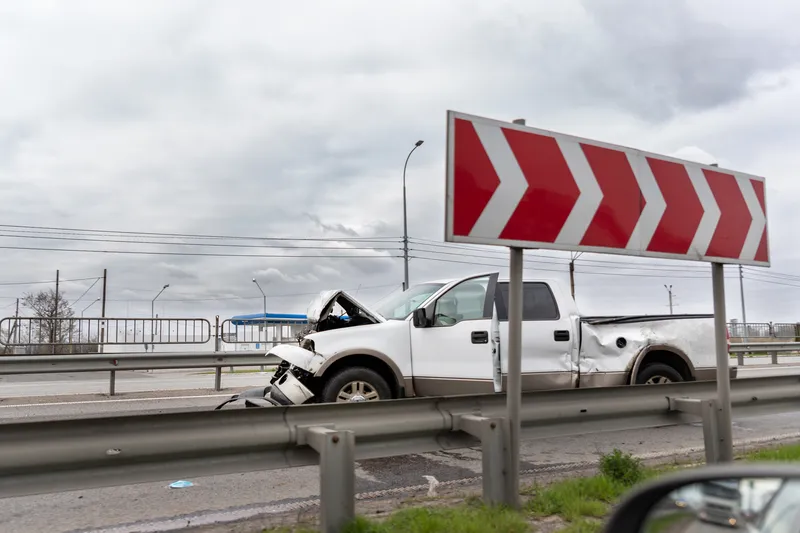According to new data released by driver safety solutions company Lytx Europe, eating or drinking while driving is nearly as dangerous as using a mobile device – whether handheld or hands-free - and greatly increases a driver’s risk of being in or causing a collision.
Lytx (formerly DriveCam) found that drivers who eat and drink while driving are 3.6 times more likely to be involved in a collision than those who do not due to the distraction this causes. This is almost as high as the collisions resultin
June 13, 2014
Read time: 2 mins
According to new data released by driver safety solutions company 7806 Lytx Europe, eating or drinking while driving is nearly as dangerous as using a mobile device – whether handheld or hands-free - and greatly increases a driver’s risk of being in or causing a collision.
Lytx (formerly4232 DriveCam) found that drivers who eat and drink while driving are 3.6 times more likely to be involved in a collision than those who do not due to the distraction this causes. This is almost as high as the collisions resulting from use of a mobile device while driving: Lytx’ data shows that drivers using a hands-free device are 4.6 times more likely to be involved in a collision and those using a smartphone or tablet are 4.7 times more likely to be involved in a collision compared to drivers who did not.
“I see people eating while driving almost every day. What we’ve learned is that this type of distraction is nearly as dangerous as talking or texting on your phone,” said Del Lisk, vice president of Safety Services for Lytx. “We know that distracted driving is a significant factor in vehicle collisions, and our predictive analytics show that distractions such as eating and drinking or use of smartphones and tablets are among the leading causes of collisions.”
Lytx UK general manager Paul Jones added: “Approximately 1,750 people were killed and 200,000 people were injured on UK roads in 2012, according to the most recent1837 Department for Transport figures. The fact is that the majority of these incidents are due to human error and are avoidable. We’re dedicated to using our technology to help professional drivers adopt safer driving habits and measurably reduce the risk that is happening on our roads every day.”
Lytx (formerly
“I see people eating while driving almost every day. What we’ve learned is that this type of distraction is nearly as dangerous as talking or texting on your phone,” said Del Lisk, vice president of Safety Services for Lytx. “We know that distracted driving is a significant factor in vehicle collisions, and our predictive analytics show that distractions such as eating and drinking or use of smartphones and tablets are among the leading causes of collisions.”
Lytx UK general manager Paul Jones added: “Approximately 1,750 people were killed and 200,000 people were injured on UK roads in 2012, according to the most recent








